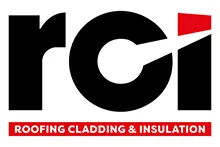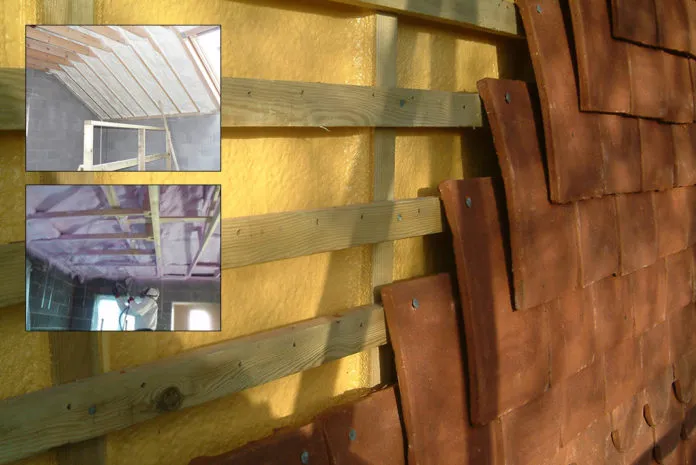Private sector landlords of the coldest properties in England and Wales will be required to bring their buildings up to property energy rating Band E, saving their tenants £180 on average per annum.
Since April 2018, landlords have been expected to reach this level when support such as grant funding has been available to cover the cost.
However, the Energy and Clean Growth Minister, Claire Perry, announced on November 5 that there’s further support for tenants in 2019. Landlords will be required to contribute to the cost of the energy efficiency measures to bring their properties up to Energy Performance Certificate Band E, or apply for exemption when upgrades cost more than £3500.
This follows the publication this month of the UK government’s response to the consultation to amend the Energy Efficiency (Private Rented Sector) (England and Wales) Regulations 2015.
When looking at ongoing tenancies, residential landlords should be thinking longer term in any case. By making homes energy efficient with lower running costs, the attractiveness of the property in terms of comfort, property value and ongoing energy savings, can be raised and often helps with tenant retention.
After all, high tenancy turnover is costly with lost income between tenancies, together with fees for sourcing new tenants and the associated legal or contractual costs. Property values and rental income may also increase when compared to more inefficient buildings.
According to the Department for Business, Energy & Industrial Strategy, these new regulations will cost landlords £1,200 on average, and will affect 290,000 properties, which represents around 6% of the overall domestic market.
Claire said: “While the vast majority of landlords take great pride in the properties they own, a minority still rent out housing that is difficult to keep warm. Upgrading these homes so they are more energy efficient is one of the most effective ways to tackle fuel poverty, and help bring down bills for their tenants, saving them £180 a year.”
Existing buildings can easily be brought up to high standards of thermal efficiency, resulting in the lowering of fuel bills and a reduction in carbon emissions. The use of a high-performance spray applied or injected polyurethane foam can substantially increase thermal performance. Polyurethane foam can be installed in the form of wall insulation, roof insulation, floor insulation or to fill voids and other areas to provide a seamless, thermal insulation barrier.
The polyurethane insulant is a two-component liquid system, which produces a highly-efficient blanket of insulation with an exceptional thermal conductivity figure. It is particularly cost-effective and easy to apply to a wide variety of substrates. Its closed-cell nature renders it resistant to moisture ingress, and grades are available which achieve both Class 1 and Class 0 fire ratings when tested to BS 476 Part 7 and 6 respectively. The urethane foam can be applied in any thickness to suit the insulation requirements of the building.
For cavity walls, injected polyurethane foam offers high thermal performance in comparison with other insulants. The addition of cavity wall insulation should bring the walls up to current Building Regulations. The insulant acts as a barrier to heat loss, prevents draughts, and can also help with the reduction of airborne sound. This form of cavity wall insulation can be used in flood-plain areas to provide an additional barrier against water ingress through the walls.
Spray-applied polyurethane foam is used in roofing applications to insulate or stabilise the roof. The insulant bonds tiles where nail fatigue exists, but where the roof is otherwise sound. The foam acts as a protective barrier, preventing the ingress of wind-driven rain and snow, and will provide more resistance against storm or impact damage.
The British Urethane Foam Contractors Association is the national trade association representing professional installers and suppliers of spray-applied and injected polyurethane foam systems.




